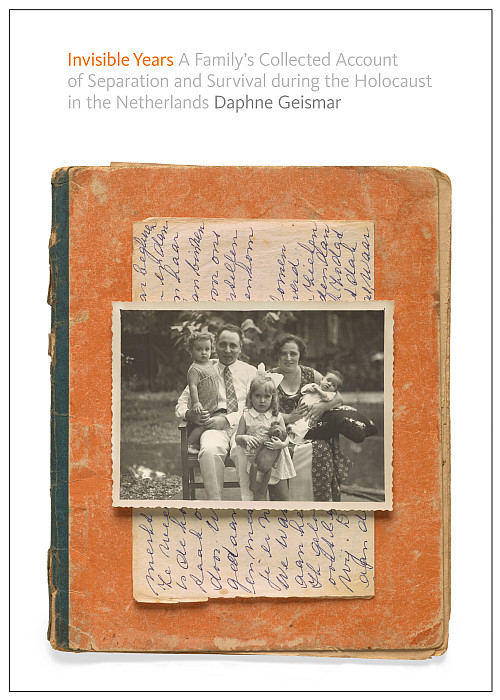Exhibition on Paper: A Family’s History
Daphne Geismar’s career in designing museum exhibition catalogues laid the groundwork for a personal journey creating a book detailing her own family’s history.
Daphne Geismar ’83 (graphic design) is an award-winning graphic designer who’s been designing and producing books for museums and publishers including The Metropolitan Museum of Art; The Museum of Modern Art, New York; the Museum of Fine Arts, Boston; and Yale University Press for more than 20 years. Her approach to each project derives from sensitivity to the subject matter that evolves from “listening, planning, and organizing the content into a clear and beautiful story.”
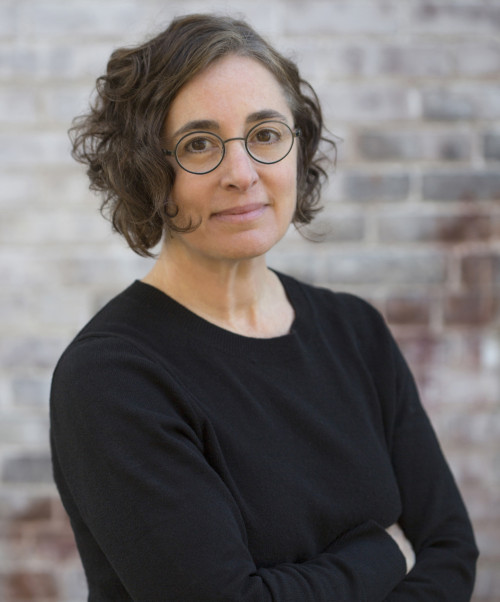
“In 2006, my family was invited to visit the Breeplein Church in Rotterdam where my grandparents, Chaim and Fifi de Zoete, had been hidden in the attic during the Holocaust. This was the first time I heard about the church and my grandparents’ experiences there,” Geismar writes.
After that trip, Geismar and her relatives vowed to learn more about their family history during the German occupation of the Netherlands. When she asked her mother if she had anything to help her piece together the stories, her mother slid open the bottom drawer of her antique desk. Much to her surprise, it was packed full of items related to the Holocaust. “In the Holocaust drawer was a treasure trove of letters, diaries, memoirs, and documents, from two generations of my family, about their experiences during the German occupation.”
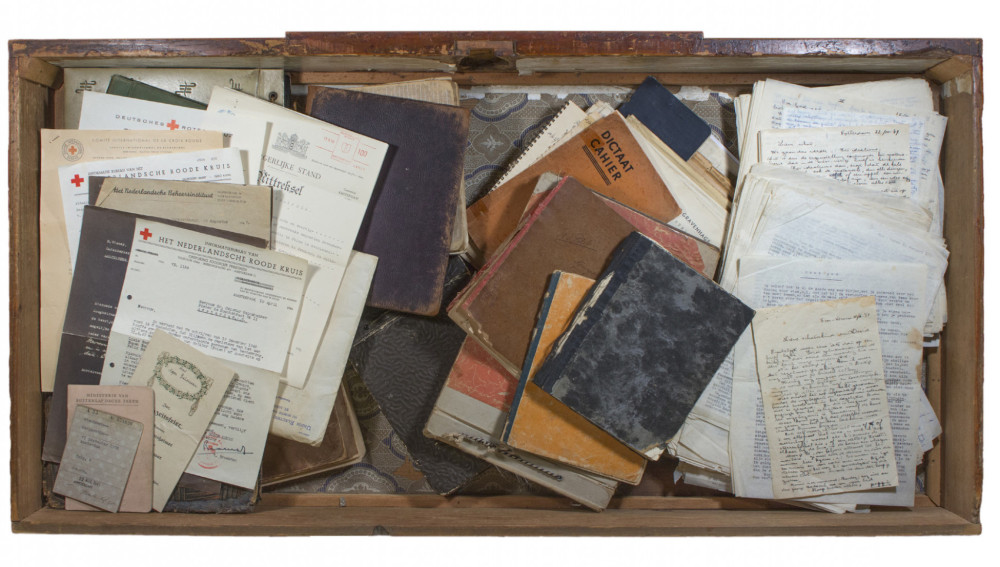
Written in German or Dutch, much of the material concealed itself from Geismar since she could read neither. The daunting tasks began and stretched her skills beyond what many of her projects to date required. “I hired translators; created a digital and physical archive with detailed documentation; did historical research; drafted history briefs; visited archives in two countries; created the narrative; wrote the introduction and other non-narrative sections; pieced together family trees and timelines; collaborated closely with a developmental editor, Holocaust historian, and copy editor; directed the photography; retouched and silhouetted the images; did the typesetting and design; managed the printing; applied for grants; and navigated an agent and publisher.”
By 2015 the pieces were ready for her to begin planning and designing the book. Geismar printed, cut up, and rearranged the stories of her family members including both parents, aunts and uncles, and grandparents.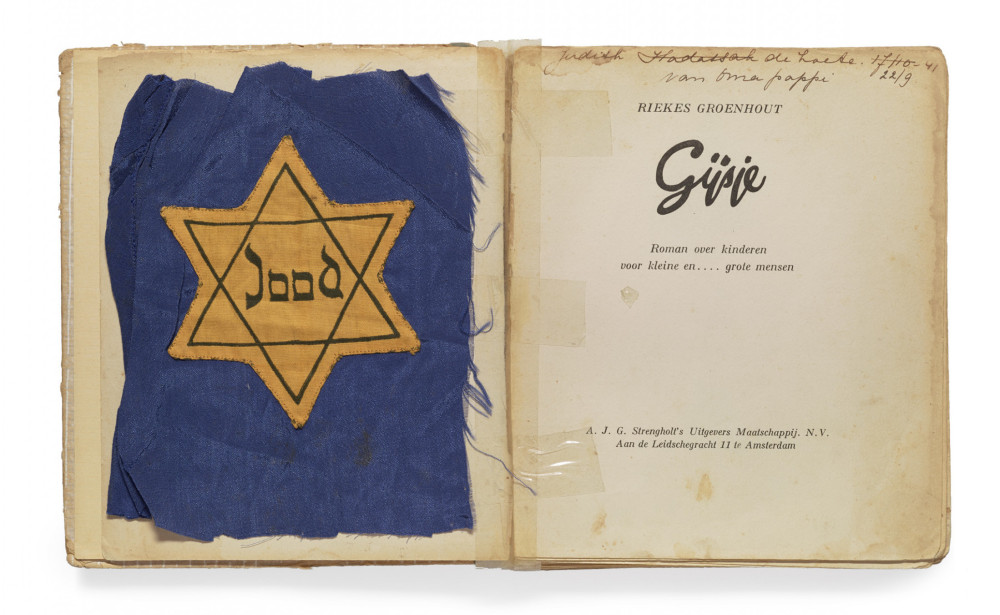
She attributes inspiration for the book’s style to Purchase’s Professor of Graphic Design Warren Lehrer. Geismar was in the first graphic design course Lehrer taught here more than 30 years ago. “His ideas on the human condition and relationships between individuals and society influenced my thinking,” she says. “Warren’s influence is unquestionably behind the structure of Invisible Years with its interwoven voices; photographs and artifacts accompanied by captions and quotes; and historical introductions, timelines, and history briefs that provide context. Warren taught me how to listen.”
Geismar initially found the work incredibly painful, but then separated herself to continue. “When I first read the interwoven voices, it was the most emotional moment for me in making the book. With multiple perspectives, the narrative was nuanced—it wasn’t oversimplified. For the first time I understood how my family suffered because of the horror of what happened: how the Nazis came to power, the complicity of so many, the effects of the insidious restrictions placed on the Jews, the terrible atrocities committed. With this understanding, I put my head on the table to weep,” she recalls. “After that moment I became more detached, so I could work on the book and then speak publicly about it.”
Geismar hopes readers will see the book as a celebration of the courage of those resistance workers willing to risk their lives to do what was right and humane. “I hope Invisible Years will inspire people to be anti-racist, to fight against discrimination of every kind, to stand up for justice, religious freedom, women’s rights, and LGBTQ rights. And, to understand how critical it is for refugees who flee violence and persecution to receive asylum,” Geismar says.
She quotes her grandfather Erwin Geismar, who wrote these words shortly before he was murdered in Auschwitz. “‘In the end, I hope that my lines will be read by people who will see how we struggled under terrible circumstances, and that the reader will want to take up this struggle that we have fought and experienced from the front lines for the construction of a worthwhile humane society.’”
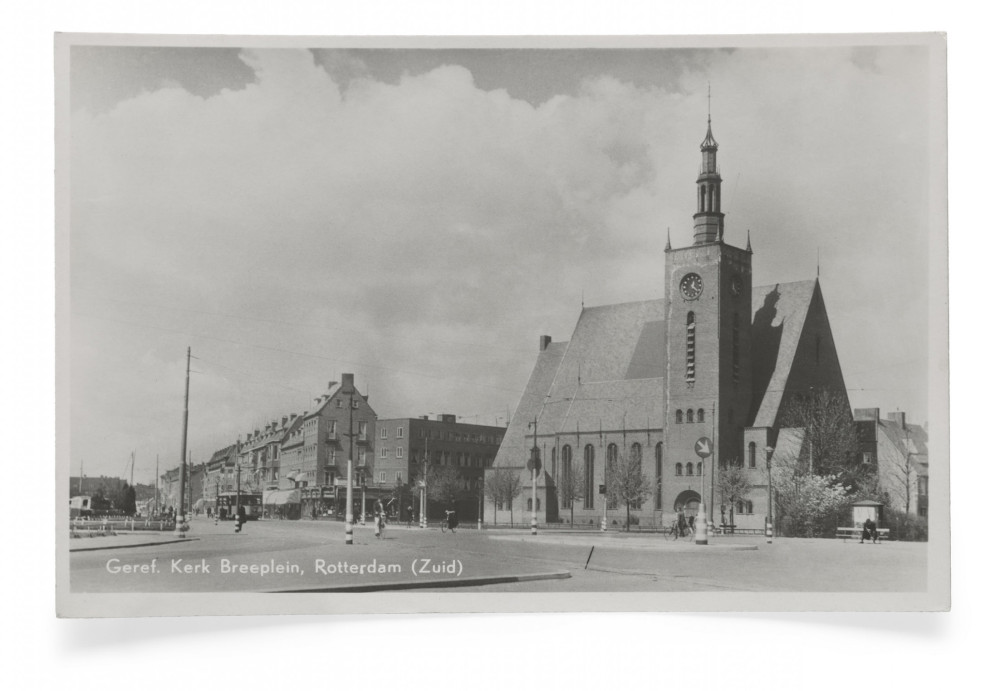
Geismar teaches book design at the University of Connecticut and serves as guest critic at Yale, Rhode Island School of Design, and UMass Dartmouth. She once taught Basic Design at Purchase. She’s received design awards from the American Alliance of Museums, Association of American University Presses, the Association of Art Museum Curators, and the College Art Association, among many others. Invisible Years: A Family’s Collected Account of Separation and Survival during the Holocaust in the Netherlands was published in May 2020.
